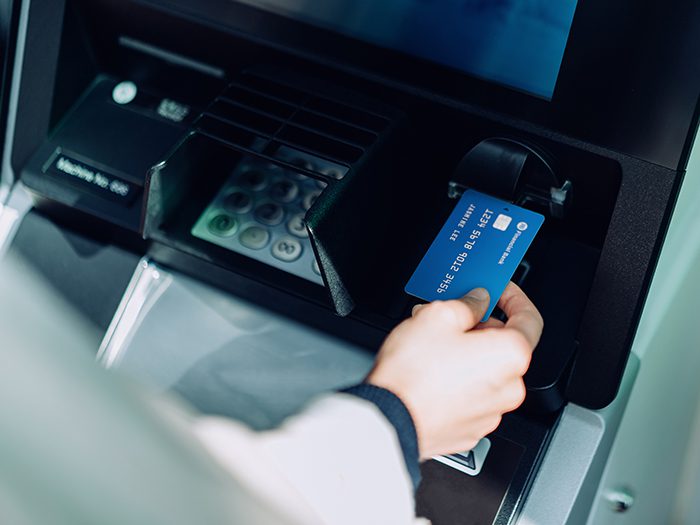With the advancement of technology, criminals have found innovative ways to use it to their advantage. From sim swapping to deepfake fraud and GPS spoofing, technology has enabled criminals to commit crimes that were not possible before. Ransomware attacks, card cloning, DDoS attacks, social engineering, and fake online reviews are some other ways criminals are using technology to hack into businesses, steal data or deceive individuals for financial gain. It’s essential for individuals and businesses to take measures to protect themselves and their data from these types of cybercrimes by staying informed about the latest methods used by criminals and keeping their devices and software up-to-date with the latest security patches.
10 Surprising Ways Criminals are Using Technology to Commit Crimes
The advancement of technology has offered opportunities for individuals with dubious intentions to use it to commit crimes. From hacking into businesses for financial gain to organizing cyberattacks, the arsenal of technological tools available to criminals is vast. Here are ten surprising ways that criminals are using technology to commit crimes.
1. SIM Swapping
Criminals are using SIM swapping, also known as SIM hijacking or port-out scam, to take control of a victim’s phone number. The criminal calls the phone company and impersonates the victim, claiming their phone or SIM card is lost or stolen, and requests a transfer of the number to a new SIM. Once the phone number is hijacked, the criminal can reset the victim’s passwords, access their bank accounts, and cause mayhem.
2. Ransomware Attacks
Ransomware is a type of malware that encrypts files on the victim’s computer, preventing them from accessing data, and demands a ransom payment to restore access. Criminals are using ransomware to extort money from businesses and individuals, with some demands reaching millions of dollars.
3. Card Cloning
Using skimming devices installed on ATMs, criminals can steal data from credit and debit cards that are then used to create cloned cards. With the cloned card, the criminal can withdraw money or make purchases without the victim’s knowledge.
4. DDoS Attacks
Distributed Denial of Service (DDoS) attacks overwhelm a network or server with traffic, causing it to slow down or crash. Criminals can use DDoS attacks to extort money from businesses or for political gain by causing disruption to websites and online services.
5. Deepfake Fraud
Deepfake technology uses artificial intelligence to create realistic-looking videos of people saying and doing things that they never did. Criminals can use this technology to deceive individuals and organizations for financial gain.
6. Cryptojacking
Cryptojacking is the unauthorized use of someone’s computer to mine cryptocurrencies. Criminals infect a victim’s computer with malware that uses its processing power to mine cryptocurrencies for the criminal’s benefit.
7. Social Engineering
Social engineering is the manipulation of individuals to divulge confidential information or perform actions that benefit the criminal. Criminals can use social engineering techniques to trick individuals into sending money or giving up their login credentials.
8. Smishing
Smishing is a type of phishing attack that uses text messages to deceive victims to click on a link or download an attachment that contains malware. The victim unwittingly downloads the malware, resulting in the criminal gaining access to their device and data.
9. Fake Online Reviews
Criminals can use fake online reviews to mislead consumers and defraud businesses. Fake online reviews are often used to boost the perceived value of a product or service and can result in consumers wasting their money on a product that does not meet their expectations.
10. GPS Spoofing
GPS spoofing is the manipulation of GPS signals to deceive a system into thinking the location of a device is somewhere it is not. Criminals can use GPS spoofing to deceive tracking systems, allowing them to get away with crimes such as theft and kidnapping.
In conclusion, technology has provided tools that criminals can use to commit crimes in new and surprising ways. Understanding these methods and being vigilant can help individuals and businesses protect themselves from becoming targets of criminal activity.
